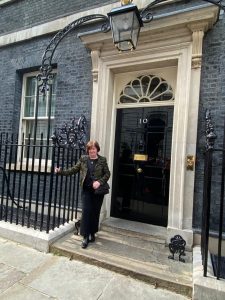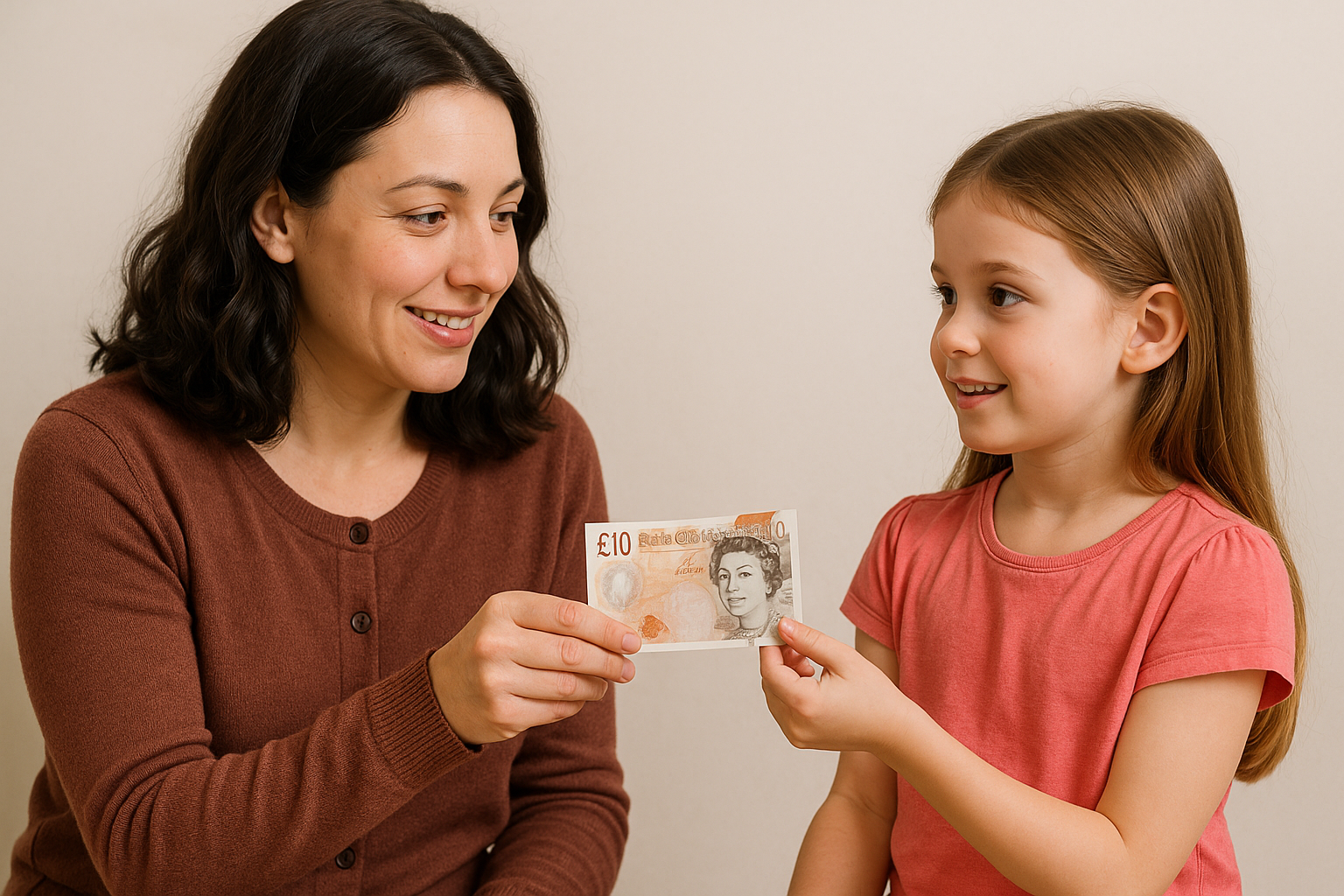
Chancellor Jeremy Hunt has announced the 2024 spring budget. In it, he sets out three key points:
- Child Benefit: The amount individuals are allowed to earn before Child Benefit starts to be reduced will be increased by £10,000.
- Childcare: The funding for childcare providers in England delivering 15 and 30 hours of free childcare will be increased.
- National Insurance: A reduction in National Insurance contributions for (most) employees from 10% to 8% and a reduction from 8% to 6% for self-employed people in Class 4 National Insurance, both from 6 April 2024.
This might seem confusing at first, so we’ll break down what these changes might mean for you and answer the key question, ‘Will you be better off?’.
Saving money is really difficult with the current cost of living, but these changes are designed to help.
The high-income child benefit charge
To understand why this change has occurred, you need to understand what the ‘high-income child benefit charge’ is.
Introduced in 2013, it was the government’s way of reducing the amount of child benefit that higher-earning parents were able to receive from the government.
At the moment, the child benefit that is paid to those who earn more than £50,000 a year is reclaimed by the tax system. This works on what we call a sliding scale.
In other words, there is a charge applied if you exceed the income. This has been 1% of the child benefit for each £100 of income between £50,000 and £60,000. Up until now, if you make more than £60,000, then the charge is 100%. I.e., they have to repay everything that they have claimed.
Between 2019-2020, around 373,000 people had to repay their child benefits. By August 2022, more than 680,000 families had opted out of receiving child benefits to avoid the penalty.
Why is the change necessary?
This charge has sometimes been called a “tax on children” because it leads to parents facing total marginal tax rates, which are much higher than the official 40% higher-rate income tax band. To give you an example of what this means, some parents with three children have paid tax at 71% of earnings between £50,000 and £60,000. Because the threshold has not increased with inflation, more families have started to have to pay the charge.
In the spring budget, Jeremy Hunt announced that it isn’t fair that a household with two parents each earning £49,000 (£98,000 altogether) get their full child benefit, but a single-parent household earning more than £50,000 loses some or even all of it.
Because of this perceived inequality, the government is proposing a few changes
The proposed changes unpacked
But exactly are these changes?
The proposed changes plan on re-addressing the imbalance by moving to a system based on household income rather than individual income by April 2026. This, however, is a long-term plan. In the interim, the government is increasing the threshold, at which point the charge is applied to £60,000 from 6 April.
In addition to this, the rate at which the penalty is charged will be halved, so people will lose all their child benefits only once they earn £80,000 rather than the previous threshold of £60,000.
Increases to child benefits
Child benefits come to £24 per week for the first child and £15.90 for each additional child. These figures are set to increase to £25.60 and £16.95 per week, respectively, in April.
That means that the government anticipates that 485,000 families will receive an average boost of £1,260 in child benefit during 2024-25. In addition, 170,000 families will no longer have to face repayment obligations. For example, someone with two children who makes £60,000 will gain £2,212 a year.
There are also plans to transition child benefits to a household income-based system by April 2026, departing from the current individual-based approach.
The changes to the high income child benefit charge mean nearly half a million families will now save roughly £1,260 a year, while 170,000 families will be removed from the tax.
From April, people will lose 1% of the child benefit amount for each £200 of income over the new threshold of £60,000. Currently, it’s 1% for each £100 of income of over £50,000.
The current tax year
These changes apply from 2024-25 onwards. This means that those affected by the charge (who have not opted out of receiving child benefits) will need to consider, in their 2023-24 self-assessment, that they will still face a tax bill for the benefit this tax year, so they need to budget for that.
However, the government has said that in the future, those who are affected by the charge will not have to register for self-assessment. Instead, the money will be automatically reclaimed via their PAYE tax codes.
Is there anything I should do now?
If you had previously opted out of receiving child benefits to avoid being penalised, because you were earning £60,000-plus, you need to revisit whether you should now restart your child benefit payments.
According to HM Revenue and Customs, either fill in an online form or contact the Child Benefit Office. You need a Government Gateway user ID and password to fill in the online form. After the Child Benefit Office gets your request, it can take up to 21 days before you get your first payment.
How will the change affect you?
Higher earners with children benefit the most from the scheme, which is set to be put in place in the spring. However, there is no drawback if you aren’t a high earner, and you’re still set to see an increase in your child’s benefit.
In the short term, you should only see an increase in your child’s benefits regardless of your earning status.
However, come April 2026, because the government is looking to move to a system that will determine the child benefit based on household income rather than individual incomes, you may see a reduction in your benefits then.
But for now, it’s good news.








